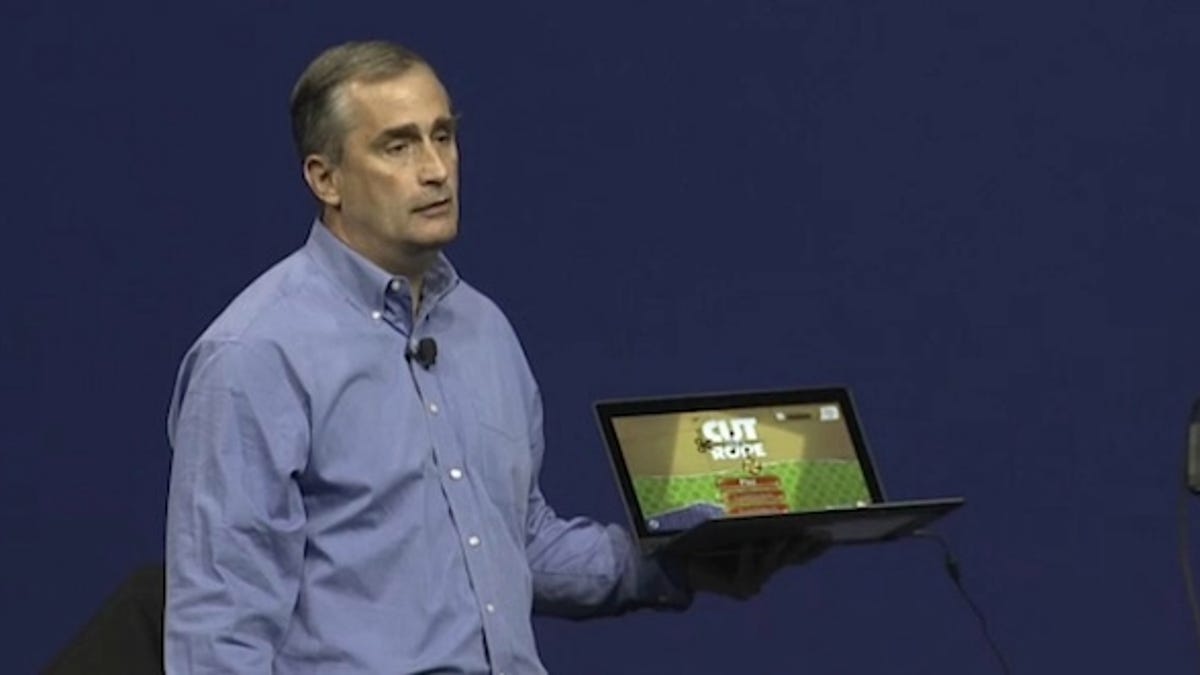Waiting for Windows 8.1 on Intel Broadwell? Second half 2014
The delay of Intel's next-gen Broadwell chip means that PC and Mac upgrade cycles may get longer and longer.

Intel's Broadwell chip won't launch until the second half of 2014, as the chipmaker increasingly does battle with the laws of physics.
That means a longer wait for next-gen PCs and Macs.
Intel CEO Brian Krzanich said on Tuesday that production of the processor is delayed by about a quarter due to a "defect density" issue. In other words, it's a challenge to manufacture lots of good chips.
That pushes out the product launch too. "Production will begin in the first quarter of 2014 and the launch will be in the second half," an Intel spokesman told CNET on Thursday.
Broadwell is Intel's follow-on to the fourth-generation core Haswell chip currently shipping in systems. Broadwell will be Intel's first 14-nanometer chip. Haswell is built on a "fatter," less-advanced 22-nanometer process.
That launch time frame is later than usual. Haswell and the prior-generation Ivy Bridge launched in the first half of 2013 and 2012, respectively.
The problem is, as transistors get smaller and smaller, Intel must grapple with increasingly peskier physics.
"[Manufacturing] process generations are getting harder and harder," said an industry source close to Intel.
"When Intel brings a product to market, you want to have mature yields," the source said. "The defect densities at 14 nanometers are more challenging than they were at 22 [nanometers]. It's taken a little more leg work to get it to the same place. "
That means it may take even longer to get to a future 10-nanometer process. So delays and more drawn-out manufacturing schedules may become of the norm.
Broadwell will allow better power efficiency -- what Intel calls performance per watt -- as well as longer battery life than Haswell, more fanless designs such as tablets, and improved graphics. In other words, it will be even more suitable than the current Haswell chip for ulltrathin, ultralight mobile devices that can stymie rival chip designer ARM as its processors migrate to more powerful devices.
The bottom line for consumers is that Windows 8.1 laptops, hybrids, and tablets based on Broadwell won't be here for another year, so get used to Haswell. That goes for Apple MacBooks too.
This doesn't seem to upset at least one system maker. "Intel's launches in recent generations have been small, nice speed increases with good power savings but not game changers," said Kelt Reeves, president of gaming PC maker Falcon Northwest.
And what about the big PC makers? "OEM partners have a strong desire to get Broadwell to the market," Krzanich said on the Intel earnings conference call on Tuesday.
That desire will have to be checked until later next year.

